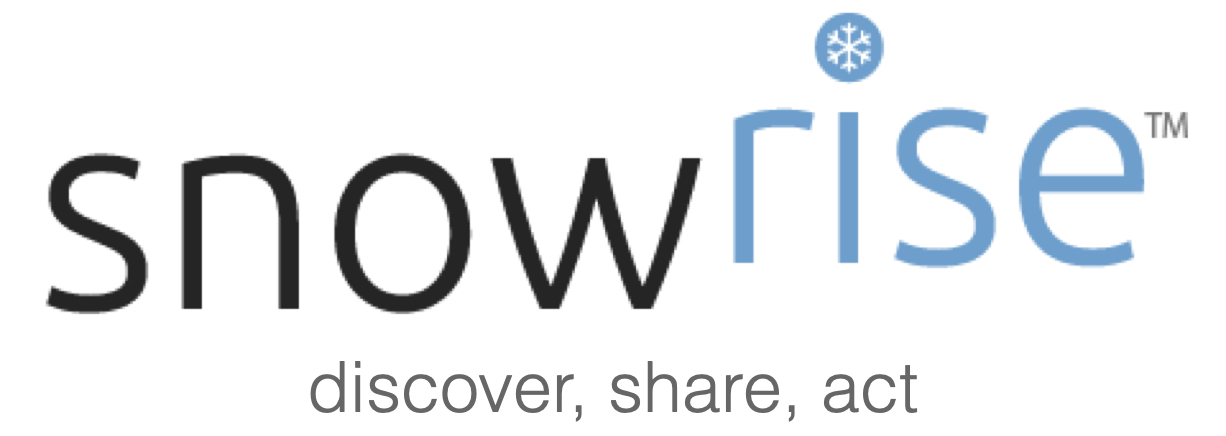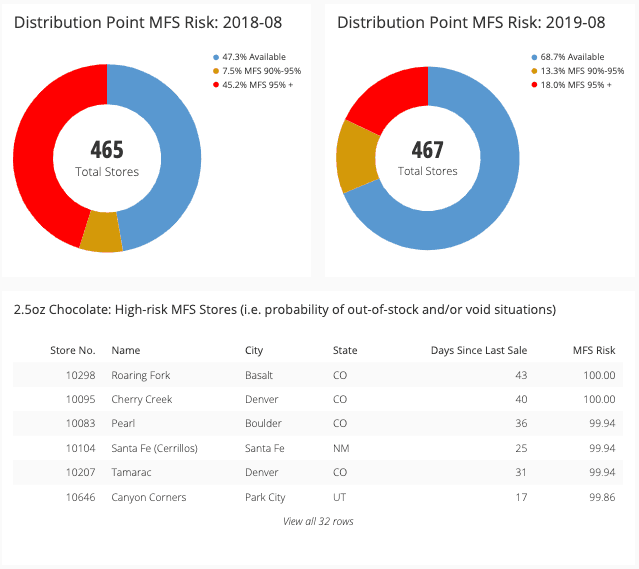Have you ever stared at sell-thru data and tried to figure out if the recent absence in unit sales at different stores represents normal end-consumer buying behavior or a sign that a store no longer has the product on the shelf? It’s a struggle to determine on a case-by-case basis whether time-consuming actions should be taken or if everything is okay. Many emerging brands find themselves in this situation, however, it no longer needs to be this way.
Snowrise has developed Missing From Shelf (MFS) logic to eliminate the guess work that goes into determining if a product is no longer on a store’s shelf. It is because end-consumer buying patterns are unique by store and product that MFS was developed to calculate an MFS Risk score for each distribution point (product/store combination) based on its unique sell-thru activity, number of consecutive ‘no sales’ days, seasonality, and other attributes. The MFS Risk, based on a 0% – 100% scale, is the probability that an out-of-stock or void situation exists at the distribution point.
In addition to evaluating each product and store as individual instances, MFS also factors in buying behavior changes over time. This allows seasonality to be treated appropriately, and explains why alerts for high-risk products occur faster during peak periods than slower periods in the year.
One surprise emerging brands experience with MFS is how rapidly it identifies risks for products at high sell-thru stores. For example, a product that typically averages a sale every other day at a store only requires 5 straight days of no sales to reach an MFS Risk of 97%, whereas, a product that averages a sale every fourth day requires 12 straight days of no sales to reach an MFS Risk of 97%.
In October, Snowrise’s dashboards for Whole Foods Market will incorporate our MFS logic. In the following months, MFS will be added to the reporting for other retailers (ex. REI) and distributors.
Why do this? We believe in math, and a little math applied in an automated fashion goes a long way at saving emerging brands time and ensuring limited resources are focused on the most important issues.


Recent Comments